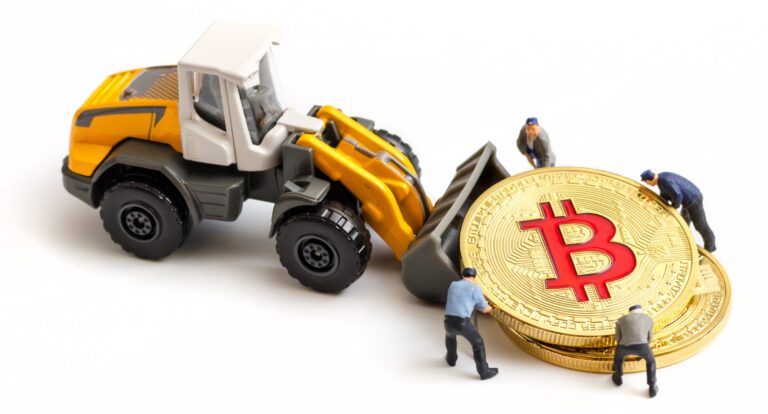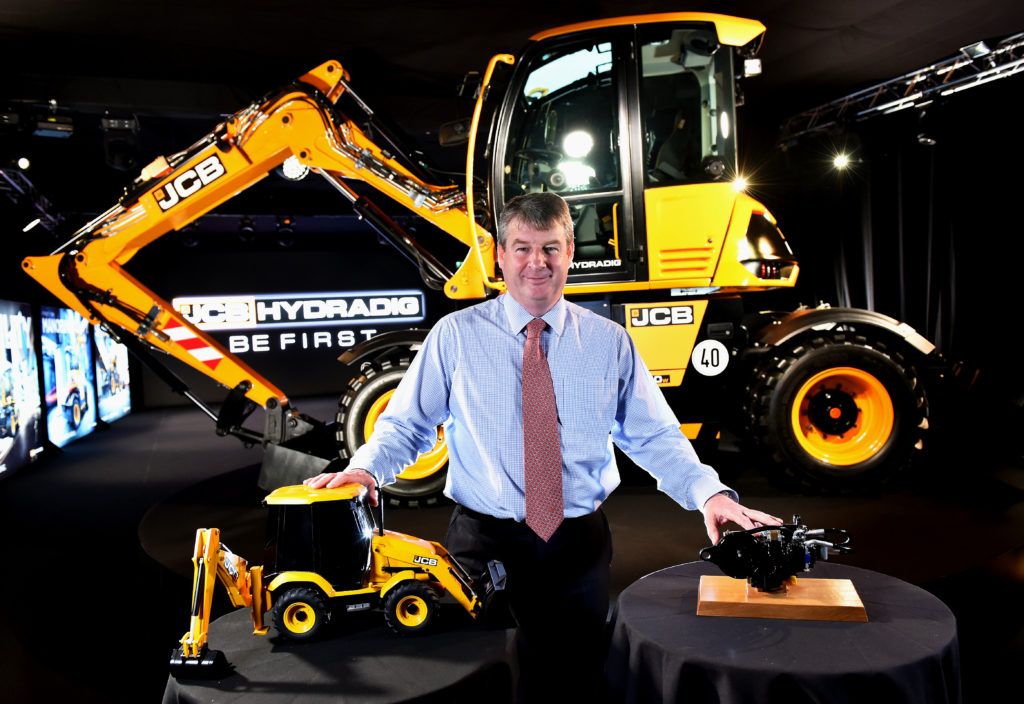With new ways of doing business, features-as-a-service and a more direct relationship with manufacturers all in the mix, a once-stable construction equipment industry is in a state of flux. Industry thinkers Alan Berger (ex-product lead with Volvo CE ) and Carl-Gustaf Goransson (ex-global president construction for CNH Industrial) explain how the industry needs to change if it is to remain relevant to a younger generation of equipment buyer.
‘Show me the money!’ Tom Cruise shouted in the 90s movie Jerry Maguire. If that film were remade today it might be about crypto currencies rather then sports sponsorship. Such is the craze for the likes of Tether, Ethereum and, of course, Bitcoin, that it’s not just the young who are gambling on its future, the big money of Wall St. is also piling in. Technology is powering consumers’ ability to take charge of their own affairs, and they are willing to embrace new ways of working. In fact they are demanding it. Ironically, they are also willing to cut out the middle men like our friend Jerry in the process.
This same mindset is spreading beyond finance and beyond consumer goods – it’s heading fast towards B2B and construction.
Yes, even Construction. It may be long established and stable, enjoying – despite its habitual cyclical nature of boom and bust – relatively consistent long-term growth over the last 25 years. But it is not immune to change. And when you consider that the entire construction sector now contributes some 13% of global GDP – when construction finds itself entering a phase of tremendous change, the world has to pay attention.
A million possibilities
On the commercial side of the business, global volumes of machines sold has reached an incredible one million units.
Recent research from respected sector analysts Off Highway Research estimates that the established machine population has grown to seven million units – up 900,000 machines in a little under a decade. And still it grows – with machine population expected to breach eight million before 2030.
So, the market is growing – but so is competition – and throw into the mix a seismic shift in technology and it’s no wonder construction equipment executives seldom get a good night’s sleep.
Almost regardless of the challenges facing the sector, the answer so often boils down to a willingness to embrace change, increase speed and agility, and reject complacency – even during the boom times we are seeing now in the major markets of US and China.
Customers are changing their behaviour in all walks of life. There are, however, clear signs of how customers in the future will want to use and own equipment. Potentially worryingly for the industry’s current business model, the clearest sign is that they want to own less equipment.
Flexible rental solutions
As the Bitcoin generation enters the industry, we will see a different view on the best way to ‘own’ equipment. As people become more comfortable with a virtual experience, physically owning and operating equipment is not necessarily a requirement, creating new opportunities for rental providers. Rental is seeing its own disruption, with a new breed of renter adopting sophisticated tech – highly data efficient and asset light, with a focus on becoming a one stop shop partner for the customer. Good examples of this are companies like German firm KLARX and BiG Rents in the US – both of whom are embracing digitisation as a principal enabler to growing their businesses.
Having said all this, it doesn’t mean the ownership of a product will disappear. There will still be segments where the need and easiness of owning the equipment will be an advantage. Here rental will likely not make a challenge in the short term.
From TCO to TCU – to FaaS
For quite some time the focus has been on the Total Cost of Ownership principle. What we now see is this evolving towards Total Cost of Use. There is a latent interest to shift from a traditional capital expenditure-driven operation to more of an operating expenditure-driven approach. This will allow customers to be both more flexible and asset light in its operations – while at the same time able – with the flexibility rental offers – to take on projects at a faster pace.
There many reasons and drivers behind the new behaviour and demand for more flexible solutions, One being age of the equipment. A good example of this is Europe. In Sweden, the trend is to require contractors to have equipment not older than six years – down from a traditional eight years. This puts the cost of use in a different perspective, leading to offering more flexible solutions for the equipment.
The next level of efficiency is FaaS – Feature as a Service. With technology becoming more central to the machine performance, modern equipment will be FaaS prepared in the RnD process, with key features offered as a subscription. This means when customers require a certain feature – say a dig assist function on an excavator for a project lasting five months – the FaaS model can deliver that feature just for this specific time frame and task. FaaS based product development is already under way, and in the future customers will embrace a more subscription-based approach to feature ownership – rather than buying all the options (or none of them) on day one. Key to success of FaaS will be getting the commercial offer right, so that all involved parties – OEM, dealer and customer – all win.
Sales process and the commercial model
Digitalization enables much closer interaction with customers – offering both OEM and customer greater levels of data. With perfect information customers are able to make better decisions about their purchase quicker. And OEMs know much more about machine user profiles, machine utilization, location, efficiency and uptime information. Information is key for all parties. The role and focus of the dealer in the sale process is also set to change.
The transparency offered by this wealth of information and the growth of technology will tighten the relationship between the OEM, dealer and customer. The pandemic has shown how people can work and operate much more digitally than before, and this will enable a more transparent approach where interaction between OEM and customer is direct and fast, often bypassing the dealer, the traditional conduit. In the future they will spend more time on aftermarket support, ensuing the best possible up time of their fleet.
To conclude, we are in for significant changes in one of the oldest capital equipment businesses around. It might not be quite as explosive as the current crypto currency booms and busts, but be in no doubt that it will create big winners and big losers. For those participants ready to grasp the changes coming along it’s a once in a lifetime opportunity. For those who are not, a gradual decline is the best they can hope for.





